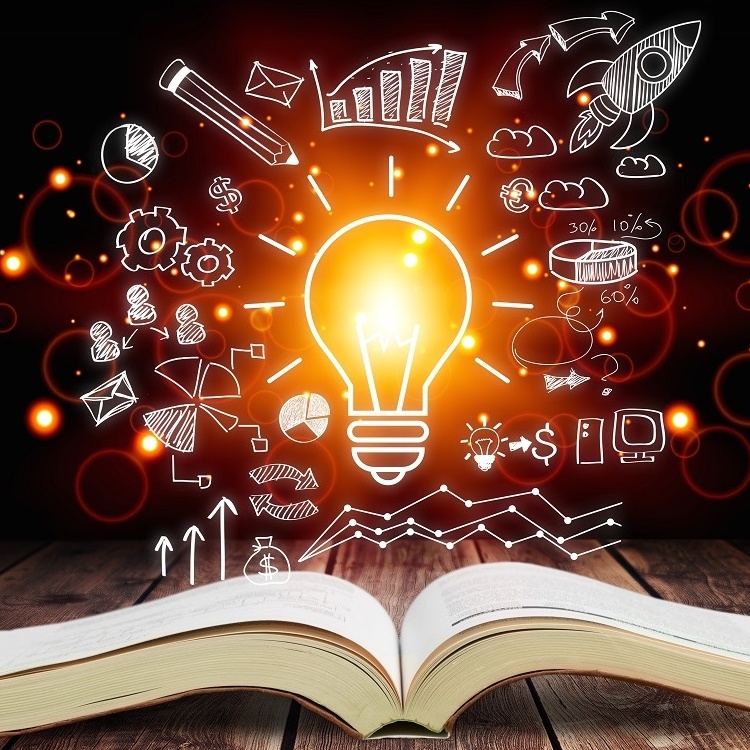Students aren’t the only ones learning these days. Machines are learning and leveraging artificial intelligence (AI) to accumulate, integrate and apply knowledge in new ways.
This is having a profound impact on industries across the world, and education is no different. According to experts and new reports, artificial intelligence is already transforming learning experiences.
Personalizing Education
Personalization is one of the key changes that the digital age has ushered in for the corporate world. Now, organizations have more information about their users than ever before, allowing them to tailor everything from email marketing to app functionality to the individual in question. It’s time for this personalization trend to hit education, thanks to AI.
“Personalizing education doesn’t just engage learners more proactively, although this is certainly one of the benefits,” said Herman Givens, an educator at State Of Writing and Paper Fellows. “It also enables AI to tailor content to the student’s knowledge by making further questions or seminars conditional on the answers a student gave earlier.”
Using something called Knowledge Space Theory, AI can build a complex matrix of what a learner does and doesn’t know, and then target information to fill a user’s gaps.
Generating Smart Content
Smart content can now be produced on-the-fly by AI, liberating educators from the mundane tasks of producing workbooks. Smart content is anything interactive and responsive to the needs of a learner and includes a range of new materials to help students learn.
For example, AI can create powerful visuals to display information – and update the visuals dynamically as users update the information. These visual environments can be accessible learning tools for a range of students and assist with both memory exercises and conceptual understanding in complex issues.
Digital lesson plans can also be generated by AI as it understands the structure of the material independently of any programmer or educator.
Assisting In Task Automation
So much of an educator’s time can be consumed by administrative work – from grading to scheduling – which cuts into time devoted to engaging with students. AI can take over some tasks. Machine learning algorithms can help teachers be more efficient and accurate.
AI chatbots can even be built to answer common student questions in a dynamic fashion, giving students 24/7 support and freeing up teacher time for the valuable tasks of lesson planning.
Taking Over Tutoring
Chatbots can increasingly be programmed to offer student support on technical and logistical issues, but with the growing power of AI they are also able to take over tutoring roles traditionally requiring face to face, human personnel.
For example, when a student misses a class it often requires them to contact a teacher or arrange make-up lesson. Instated, AI can intuitively follow classes, and convert them into catch-up tutoring for absent pupils.
“Students can also be empowered to ask more questions and actually engage deeper with AI,” notes Dorothy Armentrout, a writer at Essayroo and OXEssays. “In the student-teacher dynamic, they are often held back by embarrassment and reticence but this evaporates with virtual assistants.”
Revolutionizing Accessibility
New technology inherently brings about new ways of interacting, both with learning materials and with each other. Accessibility is increasingly vital as a value for educators, and finding ways to include those who are deaf, visually impaired or suffering from attention deficit hyperactivity disorder (ADHD) is a growing challenge.
However there are efforts being made to combat this challenge. For example, Microsoft developed a program called ‘AI for accessibility’ which empowers people living with disabilities.
AI lets students interact with lessons at their own pace, and to have learning materials rearticulated in different typescripts, or to be converted from the written to the spoken word. Students can even get lessons presented in a way tailored to their learning abilities and they can provide meaningful feedback during courses, according to The Advocate, a publication reporting on education policy.
Considering all of that, it seems AI could help make sure no child gets left behind in their educational pursuits.
Bringing Educators and Students Together
AI possesses a transformative power in many industries and education is no different. Educators won’t need to grapple with complex algorithms or computer programming to take advantage of it. Instead, they’ll want to be active participants and keep an open mind to AI’s potential.
AI is already reshaping education. In How Is AI Used In Education -- Real World Examples Of Today And A Peek Into The Future, Bernard Marr and Company explains how they’re applying AI to meet educational needs.
Lauren Groff is an education writer at UKWritings and Academized. Lauren has been on the cutting edge of education and technology for 15 years, working in the IT department of Kentucky’s Montgomery County High School District. Her work also appears at Boomessays. Find her on Twitter.
Views expressed in this article are those of the author and not necessarily those of Nutanix.
© 2021 Nutanix, Inc. All rights reserved. For additional legal information, please go here.




